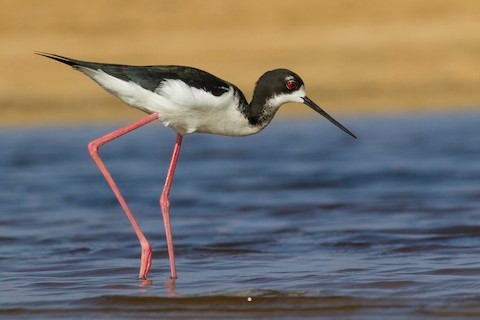Birdfinding.info ⇒ The Hawaiian endemic form of Black-necked Stilt is not numerous but it has increased and is locally common on most of the main Hawaiian Islands. Sites where it can often be found include: on Oahu, Hamakua Marsh, James Campbell and Pearl Harbor National Wildlife Refuges; on Kauai, Hanalei National Wildlife Refuge, Kawaiele Waterbird Sanctuary, and Kauai Lagoons in Lihue; on Maui, Kanaha Pond and Kealia Pond National Wildlife Refuge; and on the Big Island, Aimakapa Pond and Kealakehe Wastewater Treatment Plant.
“Hawaiian Stilt”
Himantopus mexicanus knudseni
Endemic to Hawaii, and resident on all the main islands, where it occurs mainly in fresh and saltwater marshes, ponds, and lagoons.
The total population increased over the latter part of the 1900s and early 2000s, from estimates of 700 – 1,300 in the 1980s up to 1,200 – 2,200 in the 2000s.
There is a single extralimital record: on Nihoa Island, May 15, 1987.
Identification
Very similar to the widespread form of Black-necked Stilt distributed throughout the Americas, but typically has a black terminal tail band and more extensive black on the face and neck.
The differences in face and neck color patterns are consistent enough to distinguish most “Hawaiian Stilts” from continental Black-necked, but there is a spectrum of variation and some individuals may not be identifiable on this basis. The tail band may be more reliable.

“Hawaiian Stilt,” H. m. knudseni, male with typical color pattern. (Kealia Pond National Wildlife Refuge, Maui, Hawaii; February 7, 2020.) © Dan Brooke
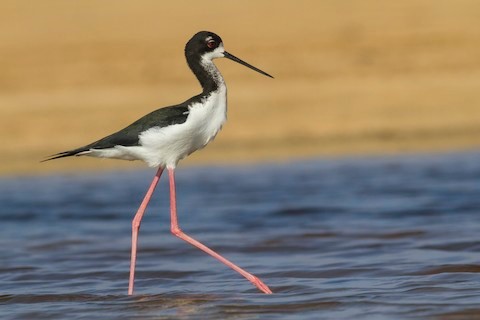
“Hawaiian Stilt,” H. m. knudseni, male with typical color pattern. (Kekaha Beach Park, Kauai, Hawaii; April 5, 2016.) © Jacob Drucker

“Hawaiian Stilt,” H. m. knudseni, male with extensively black neck. (Kealakehe Wastewater Treatment Plant, Kona, Big Island, Hawaii; January 10, 2019.) © Bob Lockett

“Hawaiian Stilt,” H. m. knudseni. (Aimakapa Pond, Kaloko-Honokohau National Historic Park, Big Island, Hawaii; April 12, 2018.) © Lydia Scheeren
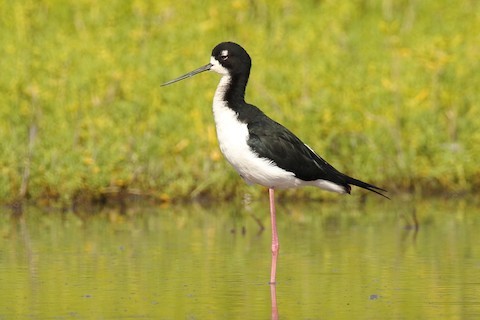
“Hawaiian Stilt,” H. m. knudseni, male with typical color pattern. (Pouhala Marsh, Oahu, Hawaii; March 11, 2017.) © Sharif Uddin
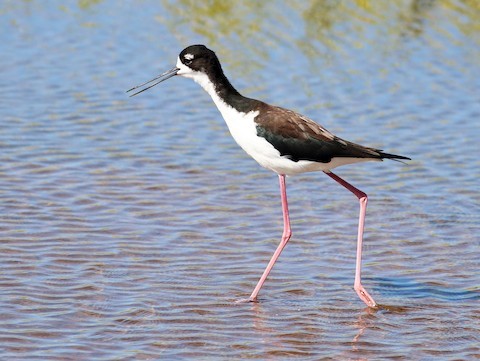
“Hawaiian Stilt,” H. m. knudseni, female with typical color pattern. (Kealia Pond National Wildlife Refuge, Maui, Hawaii; October 8, 2016.) © Paul Fenwick

“Hawaiian Stilt,” H. m. knudseni, with black all around its neck. (Kawaiele State Waterbird Sanctuary, Kauai, Hawaii; August 7, 2018.) © Joe Nirschl

“Hawaiian Stilt,” H. m. knudseni, male. (Kealakehe Wastewater Treatment Plant, Kona, Big Island, Hawaii; May 2, 2017.) © Tim Burr
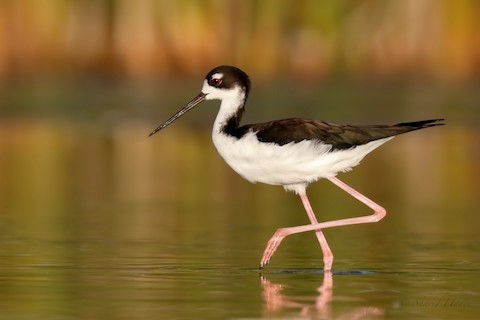
“Hawaiian Stilt,” H. m. knudseni, female—this identification is presumed due to geographical probability, but this is a pale individual that appears effectively identical to the continental mexicanus. (Honouliuli Unit, Pearl Harbor National Wildlife Refuge, Oahu, Hawaii; September 16, 2018.) © Sharif Uddin

“Hawaiian Stilt,” H. m. knudseni. (Kealia Pond National Wildlife Refuge, Maui, Hawaii; February 20, 2020.) © Stefan Mutchnick

“Hawaiian Stilt,” H. m. knudseni. (Kawaiele State Waterbird Sanctuary, Kauai, Hawaii; February 29, 2020.) © Donna Pomeroy
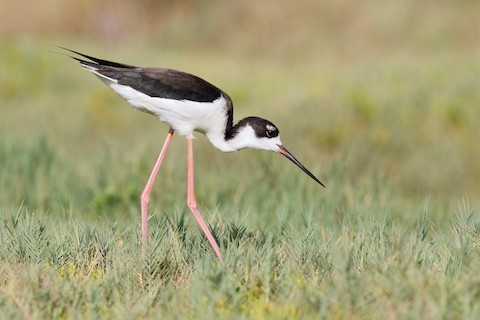
“Hawaiian Stilt,” H. m. knudseni—this identification is presumed due to geographical probability, but this is a pale individual that appears effectively identical to the continental mexicanus. (Kanaha Pond Wildlife Sanctuary, Maui, Hawaii; October 29, 2019.) © John Sullivan
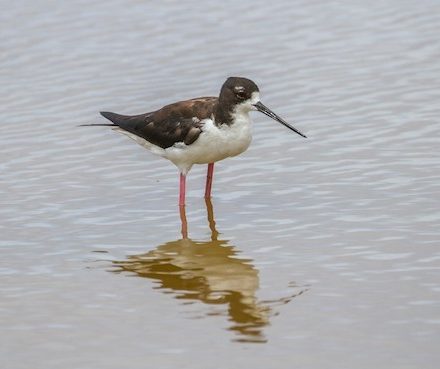
“Hawaiian Stilt,” H. m. knudseni, apparently an immature. (Kealia Pond National Wildlife Refuge, Maui, Hawaii; July 19, 2017.) © Cullen Hanks

“Hawaiian Stilt,” H. m. knudseni, female—this identification is presumed due to geographical probability, but this is a pale individual that appears effectively identical to the continental mexicanus. (Kealia Pond National Wildlife Refuge, Maui, Hawaii; October 18, 2019.) © Doug Hommert
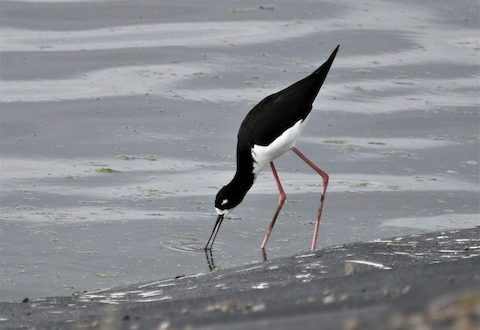
“Hawaiian Stilt,” H. m. knudseni. (Kealakehe Wastewater Treatment Plant, Kona, Big Island, Hawaii; November 21, 2019.) © Ann Vaughan
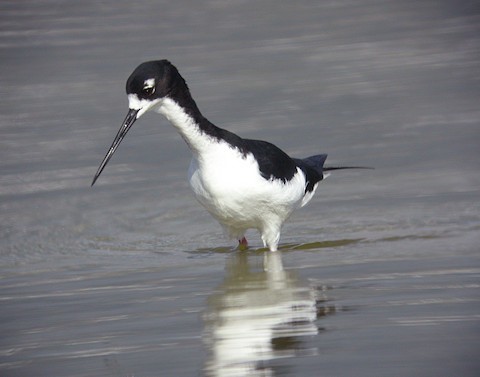
“Hawaiian Stilt,” H. m. knudseni. (Aimakapa Pond, Kaloko-Honokohau National Historic Park, Big Island, Hawaii; December 5, 2003.) © Etienne Artigau
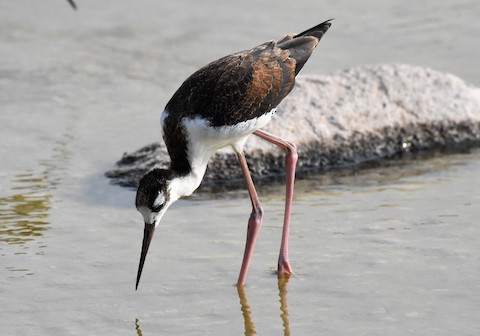
“Hawaiian Stilt,” H. m. knudseni, apparently an immature. (Kanaha Pond Wildlife Sanctuary, Maui, Hawaii; July 15, 2018.) © Chris Rohrer
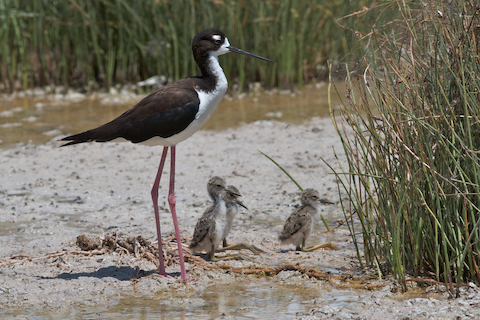
“Hawaiian Stilt,” H. m. knudseni, adult with three chicks. (Maui, Hawaii; May 19, 2012.) © Robert Tizard
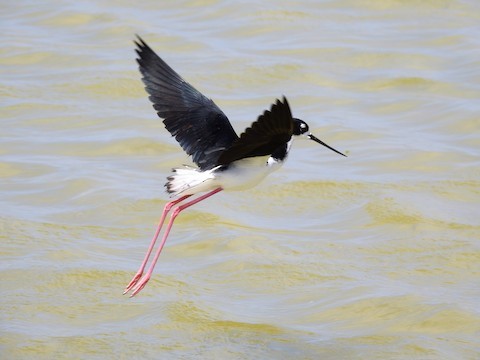
“Hawaiian Stilt,” H. m. knudseni, male showing blackish tips on tail feathers. (Kanaha Pond Wildlife Sanctuary, Maui, Hawaii; March 7, 2019.) © Ellen Horak
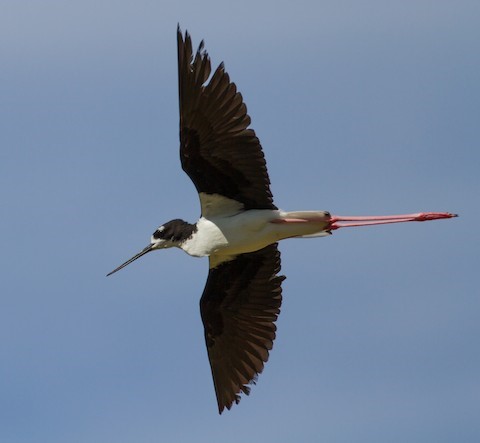
“Hawaiian Stilt,” H. m. knudseni, showing mostly black underwing with partly white lining and black terminal band on tail. (Maui, Hawaii; July 16, 2017.) © Cullen Hanks
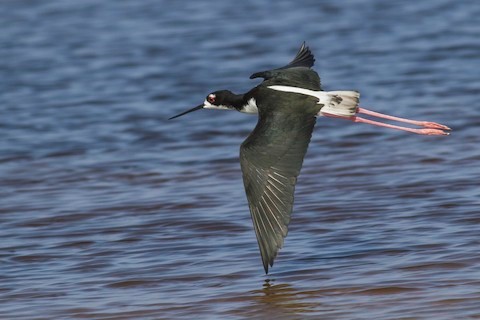
“Hawaiian Stilt,” H. m. knudseni, male showing blackish tips on tail feathers. (Kekaha Beach Park, Kauai, Hawaii; April 5, 2016.) © Jacob Drucker
Notes
Monotypic form, one of two potentially distinct forms of Black-necked Stilt (H. mexicanus), which itself is often considered conspecific with White-backed Stilt (H. melanurus) due mainly to reported hybridization in Peru and possibly also eastern Brazil. Some authorities classify all of these forms as conspecific with the Old World Black-winged and Pied Stilts (himantopus and leucocephalus), known collectively as either Black-winged or Pied Stilt (H. himantopus).
References
BirdLife International. 2019. Himantopus himantopus (amended version of 2016 assessment). The IUCN Red List of Threatened Species 2019: e.T22727969A155440465. https://dx.doi.org/10.2305/IUCN.UK.2019-3.RLTS.T22727969A155440465.en. (Accessed June 2, 2020.)
eBird. 2020. eBird: An online database of bird distribution and abundance. Cornell Lab of Ornithology, Ithaca, N.Y. http://www.ebird.org. (Accessed June 2, 2020.)
Hayman, P., J. Marchant, and T. Prater. 2009. Shorebirds: An Identification Guide. Houghton Mifflin, Boston.
Pratt, H.D. 1993. Enjoying Birds in Hawaii: A Birdfinding Guide to the Fiftieth State (Second Edition). Mutual Publishing, Honolulu, Hawaii.
Pyle, R.L., and P. Pyle. 2017. The Birds of the Hawaiian Islands: Occurrence, History, Distribution, and Status. Version 2 (January 1, 2017). http://hbs.bishopmuseum.org/birds/rlp-monograph/. B.P. Bishop Museum, Honolulu, Hawaii.
Xeno-Canto. 2020. Black-necked Stilt – Himantopus mexicanus. https://www.xeno-canto.org/species/Himantopus-mexicanus. (Accessed June 2, 2020.)
